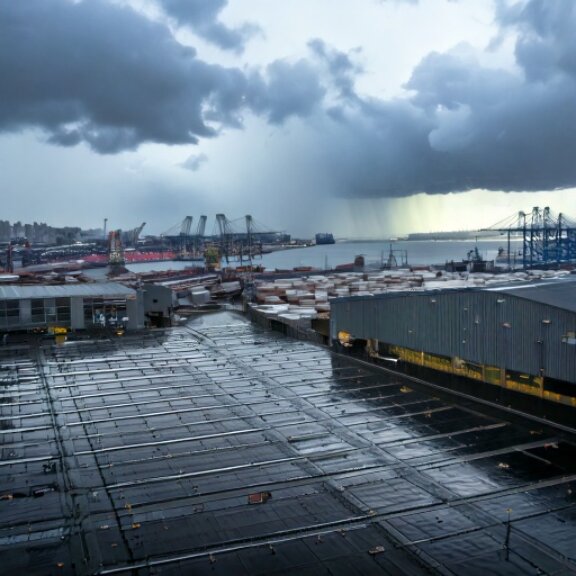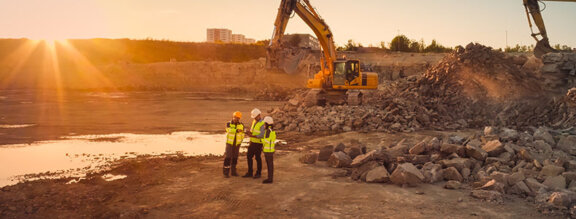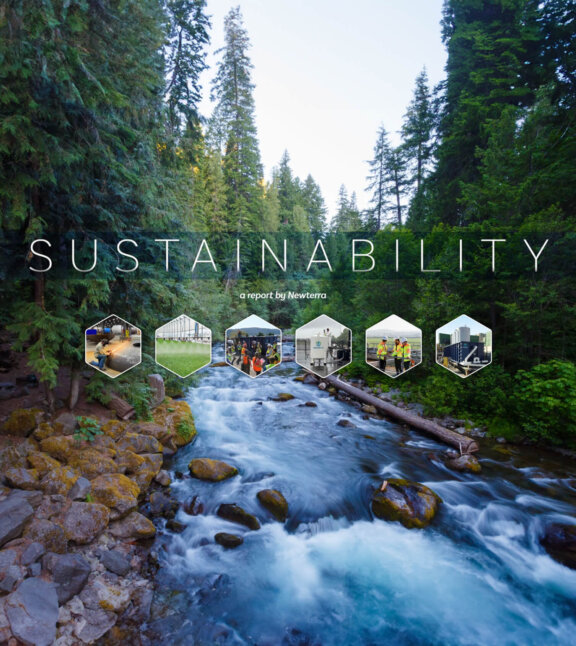How Decentralized Wastewater Treatment Can Protect Against Drought (wateronline.com)
Not long ago, water reuse was seen as a politically unsavory solution to water conservation. However, after more than a decade of drought in the western U.S. and other parts of the world, public and private perceptions of the topic have come around. Many water utilities and municipalities see water reuse as an integral part of water conservation. Much of public education about water conservation has changed. All this has helped people to understand that even though water is abundant on Earth, potable water is not.
In addition to education, a big part of this acceptance comes from the abundance of technologies that can remove solids and contaminants to make water potable. Just as decentralized water treatment is an essential part of potable water portfolios, so too is decentralized water reuse. Many technologies that enable wastewater treatment for reuse can be leveraged in a decentralized system, opening new opportunities for innovation and ultimately better water management in the face of drought.
Applications For Decentralized Reuse
The same reasons that favor decentralized water treatment or wastewater treatment will also favor decentralized reuse. Communities that are too far from a municipal center or an existing municipal treatment system, for example, can adopt these systems. Many reuse systems are not direct or indirect potable reuse. Instead, they are primarily for irrigation in order to reduce the strain on drinking water resources. Many golf courses and resorts are adding decentralized reuse systems for this purpose (Figure 1).
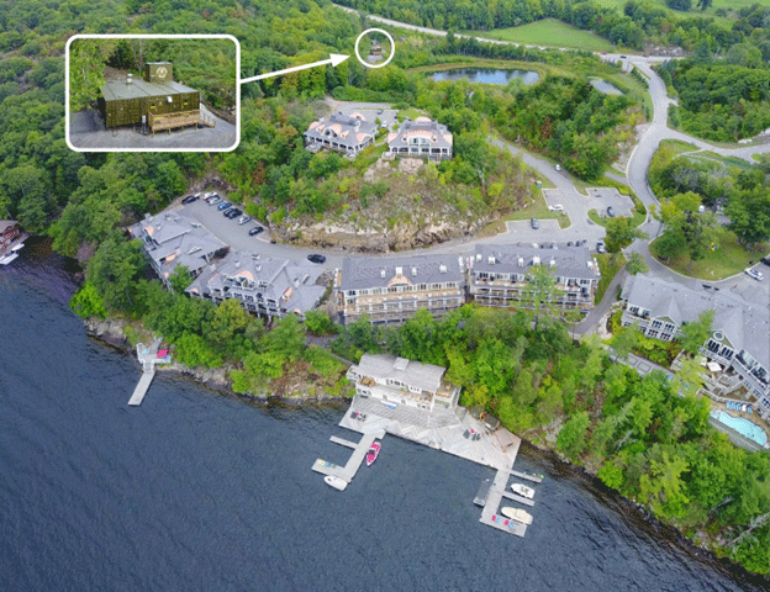
Some developers are turning to decentralized reuse in order to expand the size of a development. For example, suppose developers are able to build enough wells for 100 homes. A decentralized reuse system that recycles 40% of the water for irrigation and flushing toilets would allow them to potentially expand the community by another 40 homes without exhausting precious drinking water resources.
In addition, these systems can be used for onsite reuse for large commercial buildings. Cities like San Francisco require new commercial projects of 100,000 sq. ft. or larger to have their own onsite reuse treatment systems.
Making Reuse Feasible
Many reuse projects are at the municipal scale. These facilities require much more planning, time, and money to build. In addition, because they service large populations, they also require a large amount of real estate. They are major civil infrastructure projects.
Many of the technologies that are used for wastewater treatment today can be incorporated into a decentralized reuse system. This includes sequencing batch reactors (SBRs), membrane bioreactors (MBRs), moving bed bioreactors (MBBRs), and more.
In terms of treating wastewater to reuse quality, MBR is the preferred technology. Like SBR and MBBR, this is an activated sludge system that includes aerobic and anoxic conditions. What separates MBR is that it combines the solid separation process with tertiary treatment through the use of an ultrafiltration membrane. This reduces the footprint by eliminating the clarifier. When followed by a disinfection stage using UV, ozone, or chlorine, these systems can be used for non-potable reuse or for reuse in irrigation (i.e., purple pipes).
For indirect potable reuse, reverse osmosis (RO) systems can be included. RO membranes can remove more of the bacteria that might make water undrinkable, as well as substances such as pharmaceuticals that may not get removed during the primary and secondary treatment stages. While RO does produce reject, which lowers the amount of water reused, the low level of dissolved solids at the end of the MBR process means that RO systems can recover between 80% and 90% of the stream.
What truly makes decentralized reuse feasible is the ability to address drought incrementally (Figure 2). Not every water district can afford to implement direct potable reuse systems for every home and business it serves. By focusing on small housing developments, new commercial construction, and non-potable reuse/irrigation, it is possible to begin reducing the impact of drought while also building a more sustainable water system.
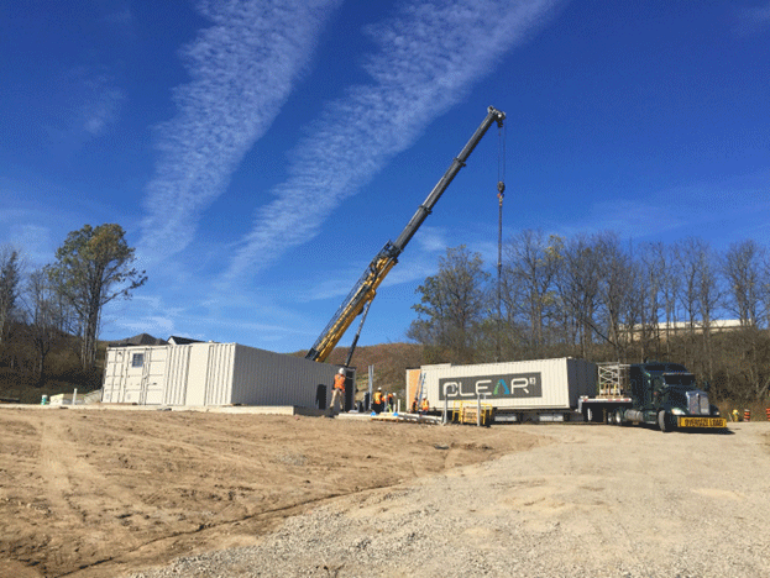
Permitting And Regulatory Challenges
For now, the regulations regarding reuse are still complicated and vary from state to state and city to city. California’s Title 22 regulations remain the standard that many environmental/health authorities are referencing or borrowing from. Non-potable reuse projects such as golf course irrigation, as well as some indirect potable reuse, are using the same permitting requirements for groundwater discharge. Engineers who are unsure should check with the governing health and environmental authority to determine the specific requirements for a given project.

Craig Kennedy contributes to Newterra’s seasoned water and wastewater treatment team as a Product Manager. He is responsible for the overall development, management, and go to market strategy for Newterra’s biological wastewater treatment systems. Craig is a graduate of Queen’s University with a BSc in Mechanical engineering and has worked with Newterra in a broad range of technical and commercial roles including assembling systems in Newterra’s manufacturing shop, designing and quoting systems as Applications Engineer, and directly engaging Newterra’s customers as a Regional Sales Manager.
